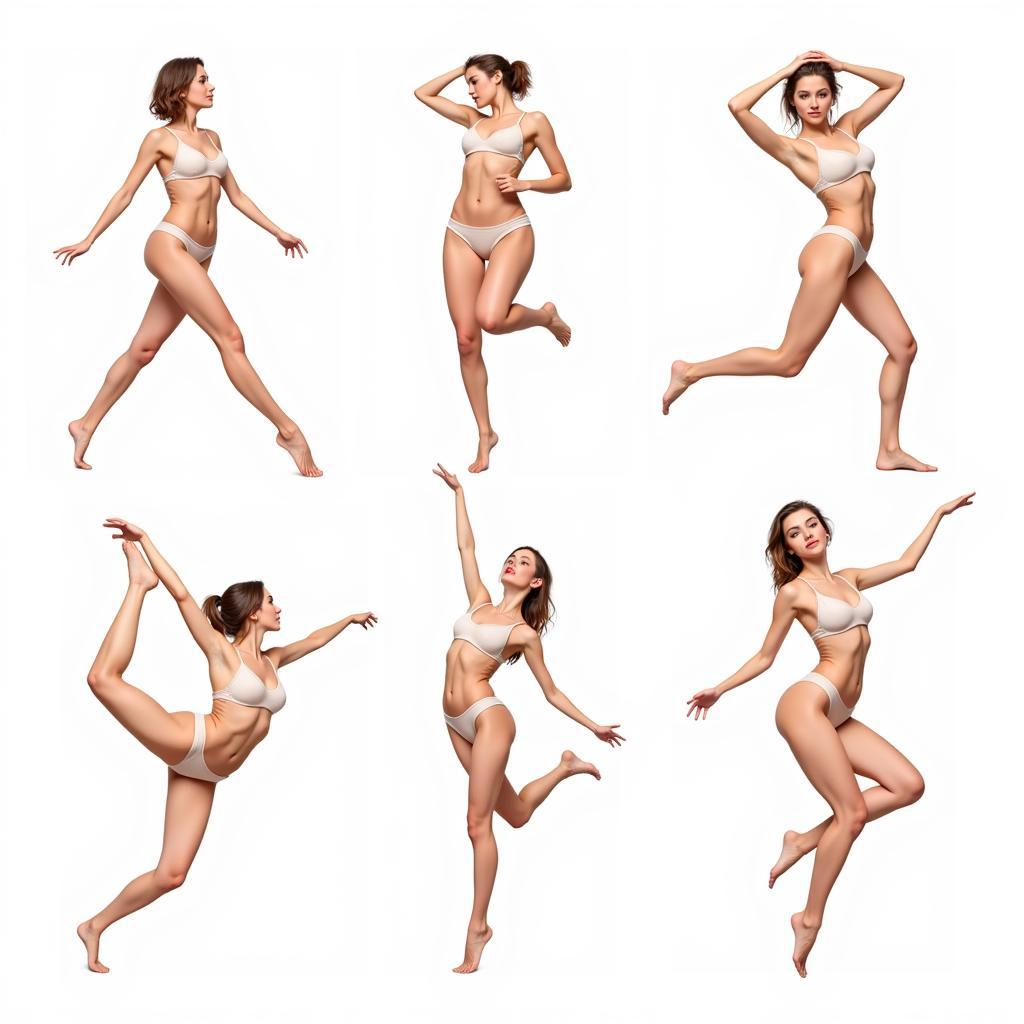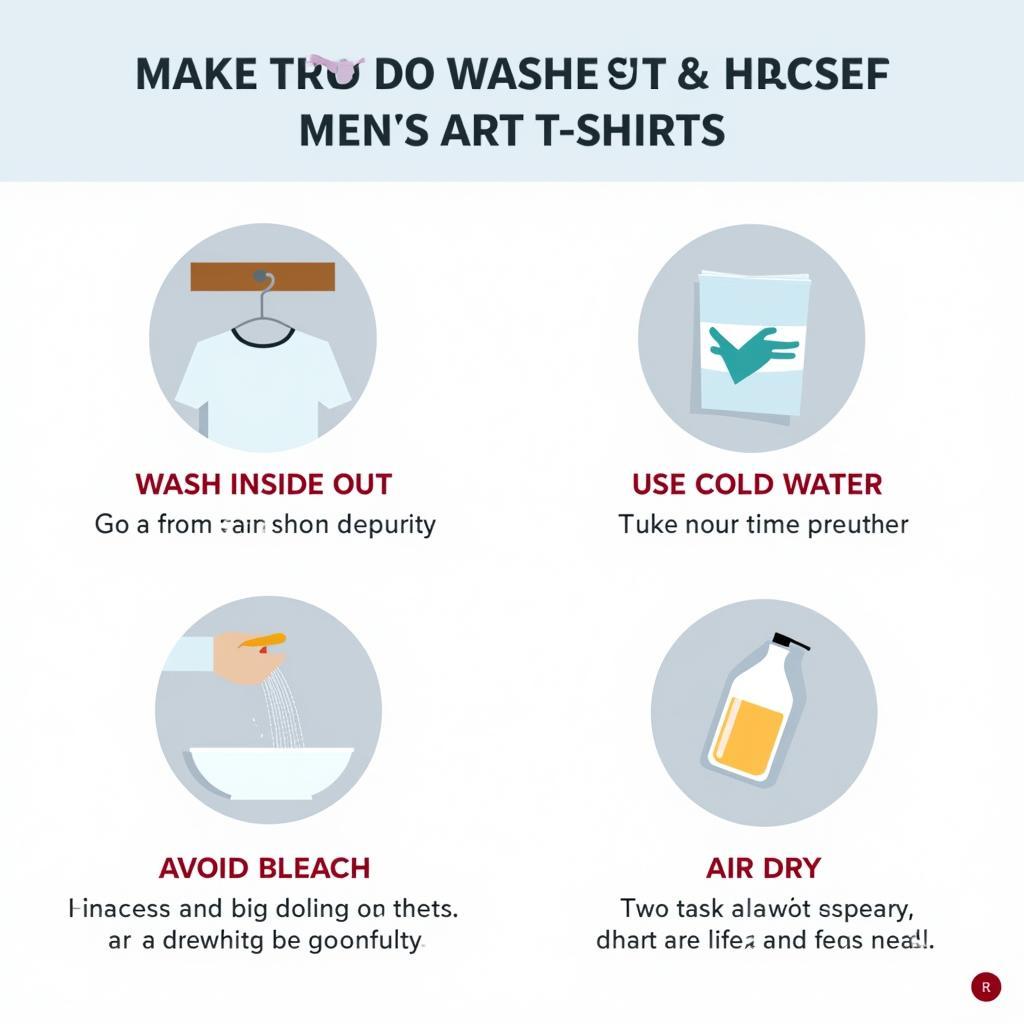Mastering Female Anatomy Art Reference: A Digital Artist’s Guide
Female Anatomy Art Reference is crucial for artists seeking to portray the female form accurately and expressively. Whether you’re a seasoned digital artist or just beginning your journey, understanding the nuances of female anatomy is essential for creating compelling and realistic artwork. This guide will delve into the world of female anatomy art reference, providing valuable insights and resources to enhance your artistic skills.
Understanding the Importance of Female Anatomy Art Reference
Accurate anatomical knowledge is the foundation of realistic figure drawing. It allows artists to create believable and dynamic representations of the human form, imbuing their work with a sense of life and movement. For artists focusing on the female figure, a thorough understanding of female anatomy art reference is particularly important. It goes beyond simply knowing where muscles and bones are located; it involves comprehending how they interact to create the unique curves, contours, and postures that define the female physique.
Beyond basic anatomical knowledge, understanding the subtle variations in female body types is also essential. Factors like age, ethnicity, and individual body composition can significantly influence the appearance of the female form. By studying a diverse range of female anatomy art reference materials, artists can develop a keen eye for these nuances and create more diverse and representative portrayals of women.
Exploring Different Types of Female Anatomy Art Reference
There are a plethora of resources available for artists seeking female anatomy art reference. Traditional resources like anatomy books and écorés offer in-depth anatomical information and detailed illustrations. These can be invaluable for understanding the underlying structure of the female body. However, with the rise of digital art, online resources have become increasingly popular. Websites, online courses, and digital art communities offer a vast array of reference images, tutorials, and interactive tools that can greatly enhance the learning process.
Photographs and 3D models are also excellent sources of visual reference. Photographs can capture the nuances of light and shadow on the female form, while 3D models allow artists to rotate and examine the body from various angles, providing a comprehensive understanding of its three-dimensional form. Choosing the right type of reference material depends on your individual learning style and the specific needs of your artwork.
Utilizing Female Anatomy Art Reference in Your Artwork
Effectively using female anatomy art reference requires more than simply copying images. It involves understanding the underlying principles of anatomy and applying them to your own creative vision. Start by studying the skeletal structure and musculature, paying attention to how they influence the overall shape and proportions of the body. Then, focus on the surface anatomy, observing how the skin drapes over the underlying structures and how light and shadow create form and volume.
When working with female anatomy art reference, remember that it’s a tool to inform and inspire your work, not to dictate it. Don’t be afraid to experiment and deviate from your reference materials to create unique and expressive interpretations of the female form. By combining anatomical knowledge with your own artistic sensibilities, you can create truly compelling and original artwork.
How can I improve my understanding of female anatomy for art?
Focus on mastering the underlying skeletal and muscular structures first. This provides a solid foundation for understanding how the body moves and poses.
What are some common mistakes to avoid when using female anatomy art reference?
Avoid overly relying on a single reference image. Study a variety of sources to gain a more comprehensive understanding of the female form. Also, remember that reference images are meant to inform, not to be copied verbatim.
What are the best online resources for female anatomy art reference?
Online art communities, digital anatomy websites, and online courses offer a wealth of information and resources for artists.
 Female Anatomy Proportions in Dynamic Poses Art Reference
Female Anatomy Proportions in Dynamic Poses Art Reference
Conclusion
Mastering female anatomy art reference is a journey of continuous learning and exploration. By dedicating time to studying the intricacies of the female form and utilizing a variety of resources, you can significantly enhance your artistic skills and create captivating artwork that truly celebrates the beauty and complexity of the female body. Remember that practice and observation are key to developing a keen eye for anatomical detail and achieving realism in your work. Keep exploring, keep learning, and keep creating!
FAQ
- What is the best way to start learning female anatomy for art?
- Where can I find reliable female anatomy art reference materials?
- How can I avoid common mistakes when drawing the female figure?
- What are some tips for using 3D models as anatomy references?
- How can I incorporate my artistic style while maintaining anatomical accuracy?
- What are the key differences between male and female anatomy for artists?
- How can I improve my understanding of dynamic poses and movement?
Common Scenarios and Questions
-
Scenario: I’m struggling to draw realistic hands and feet on female figures.
- Question: Are there any specific resources for hand and foot anatomy?
-
Scenario: I’m having trouble understanding how clothing drapes over the female form.
- Question: Are there any tutorials or resources that focus on drapery and folds?
Further Exploration
Check out our other articles on related topics such as figure drawing techniques and dynamic posing. Explore our online forum for discussions and feedback from other artists.
If you need further assistance, please contact us at Phone Number: 02462573573, Email: [email protected] Or visit our address: Savico Megamall, 7-9 Đ. Nguyễn Văn Linh, Gia Thụy, Long Biên, Hà Nội 10000, Việt Nam. We have a 24/7 customer service team.


